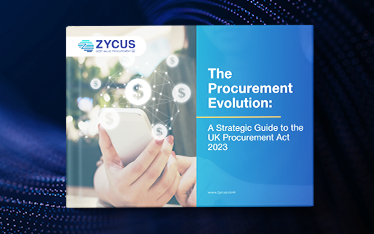Just-in-Time (JIT) Supply Chain Strategy is an inventory management approach that aims to enhance efficiency by receiving goods only as they are needed in the production process, thereby reducing inventory costs. The strategy involves precise scheduling to synchronize production timing with suppliers’ deliveries, minimizing warehouse storage requirements and reducing waste.
Key Benefits
– Reduction in Inventory Costs: JIT Supply Chain Strategy minimizes inventory holding costs by delivering materials and components just as they are needed, reducing warehouse space and associated costs.
– Improved Cash Flow: By reducing the funds tied up in inventory, organizations can enhance their cash flow, allowing for greater financial flexibility and investment in other areas.
– Enhanced Supplier Relationships: The JIT approach fosters close relationships with suppliers through reliable, frequent communication and collaboration, ensuring a responsive and efficient supply chain.
– Increased Production Efficiency: With JIT, manufacturing processes are streamlined, as components arrive only as needed, reducing waste and the time spent managing excess inventory.
– Better Quality Control: JIT facilitates immediate detection of defects, allowing for quicker responses and improvements, as smaller batches mean problems are identified and rectified before large-scale production.
Related Terms
– Reduction in Inventory Costs: JIT Supply Chain Strategy minimizes inventory holding costs by delivering materials and components just as they are needed, reducing warehouse space and associated costs.
– Improved Cash Flow: By reducing the funds tied up in inventory, organizations can enhance their cash flow, allowing for greater financial flexibility and investment in other areas.
– Enhanced Supplier Relationships: The JIT approach fosters close relationships with suppliers through reliable, frequent communication and collaboration, ensuring a responsive and efficient supply chain.
– Increased Production Efficiency: With JIT, manufacturing processes are streamlined, as components arrive only as needed, reducing waste and the time spent managing excess inventory.
– Better Quality Control: JIT facilitates immediate detection of defects, allowing for quicker responses and improvements, as smaller batches mean problems are identified and rectified before large-scale production.
References
For further insights into these processes, explore Zycus’ dedicated resources related to Just-in-Time (JIT) Supply Chain Strategy:
- Responsible Procurement has to be Actionable and go Beyond Compliance
- Strategic Vendor Sourcing: Best Practices for Cost, Risk, and Sustainability
- Building a Best-in-Class Procurement Approval Workflow: Key Considerations and Strategies
- Finance Experts Outlook
- Mastering Supply Chain Risks with Merlin Force Majeure De-Risker
White Papers
Master the UK Procurement Act 2023: Ensure Compliance & Drive Procurement Excellence

Filter by
Consolidated Invoice
A Consolidated Invoice is a single invoice document that aggregates multiple individual transactions or services provided over a certain period,
Compliance Scorecard
A Compliance Scorecard is a structured tool used within procurement processes to evaluate and ensure that all sourcing activities adhere
Contract Addendum
A contract addendum is a formal document that modifies or adds terms to an existing contract without altering its original
Contract Authoring
Contract Authoring refers to the process of creating, drafting, and preparing contracts for agreement and execution. It involves outlining terms,
Contract Review
Contract Review is the structured analysis and evaluation of contract terms to ensure compliance, mitigate risks, and align with organizational
Bid Response
A Bid Response is a formal reply by a supplier or vendor to a Request for Proposal (RFP) issued by





















































